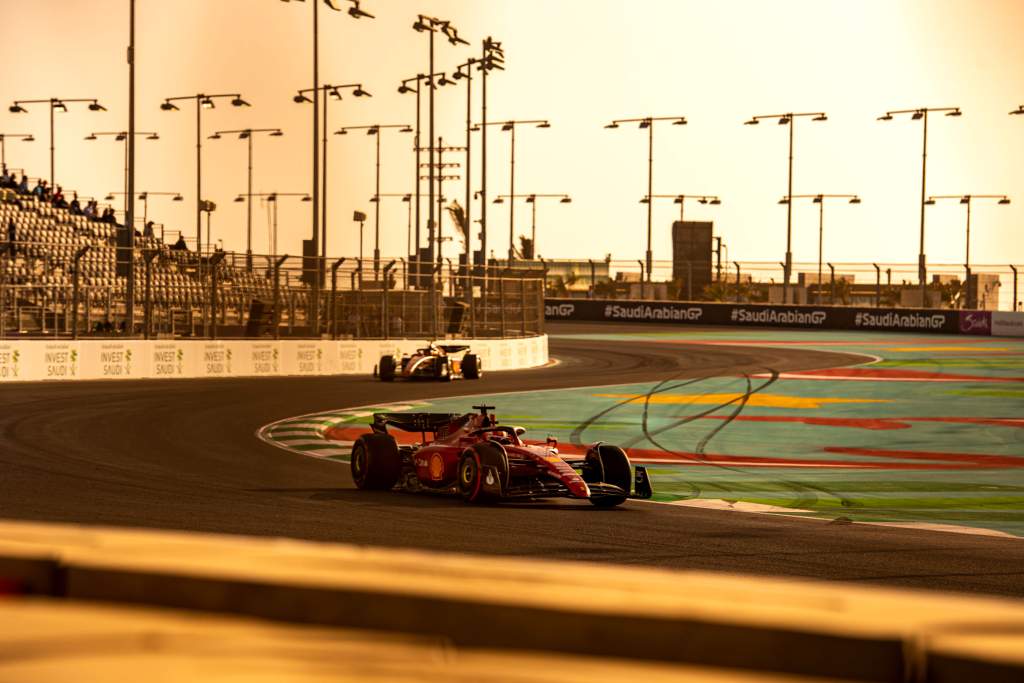Up Next

Ferrari has returned to the front in Formula 1 at the start of the 2022 season, but it has been here before.
As recently as 2017 and 2018, Ferrari championship bids started encouragingly before collapsing.
Prior to Charles Leclerc’s table-topping start to the 2022 season, Ferrari had not led either championship since the team and Sebastian Vettel surrendered their points leads in mid-2018.
Right now, Ferrari has a car and driver combination enough to end its 13-season win drought. Will that be the case in a few months’ time?
CAR DEVELOPMENT
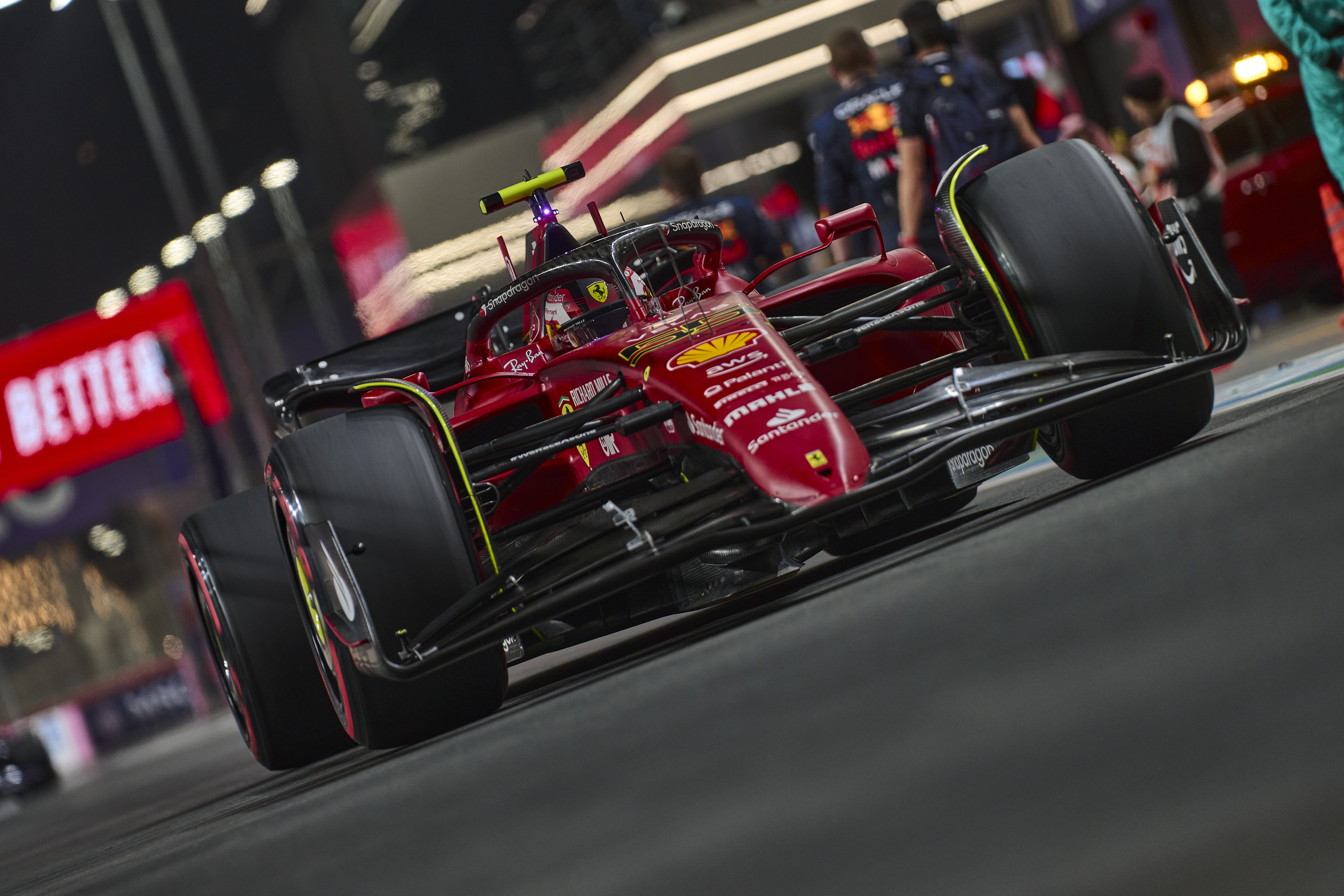
The 2022 Ferrari seems to tick a lot of boxes: it’s quick, it looks easy to drive, and it’s reliable.
But similar compliments could have been paid to the 2017 and 2018 Ferraris, with which Vettel suffered two successive championship disappointments.
In 2017, Vettel still led the championship with only eight races to go. Then his season imploded.
Ferrari was hammered on home soil in Italy while the startline crash with team-mate Kimi Raikkonen and Max Verstappen’s Red Bull wiped Vettel out in Singapore.
Then came the reliability problems. A grid penalty for engine changes left Vettel at the back of the grid in Malaysia and a spark plug failure caused him to retire in Japan.
Ferrari was bested again in the USA, and in Mexico Vettel made contact with Hamilton on the opening lap, broke his front wing, and Hamilton was able to seal the title with two races left.
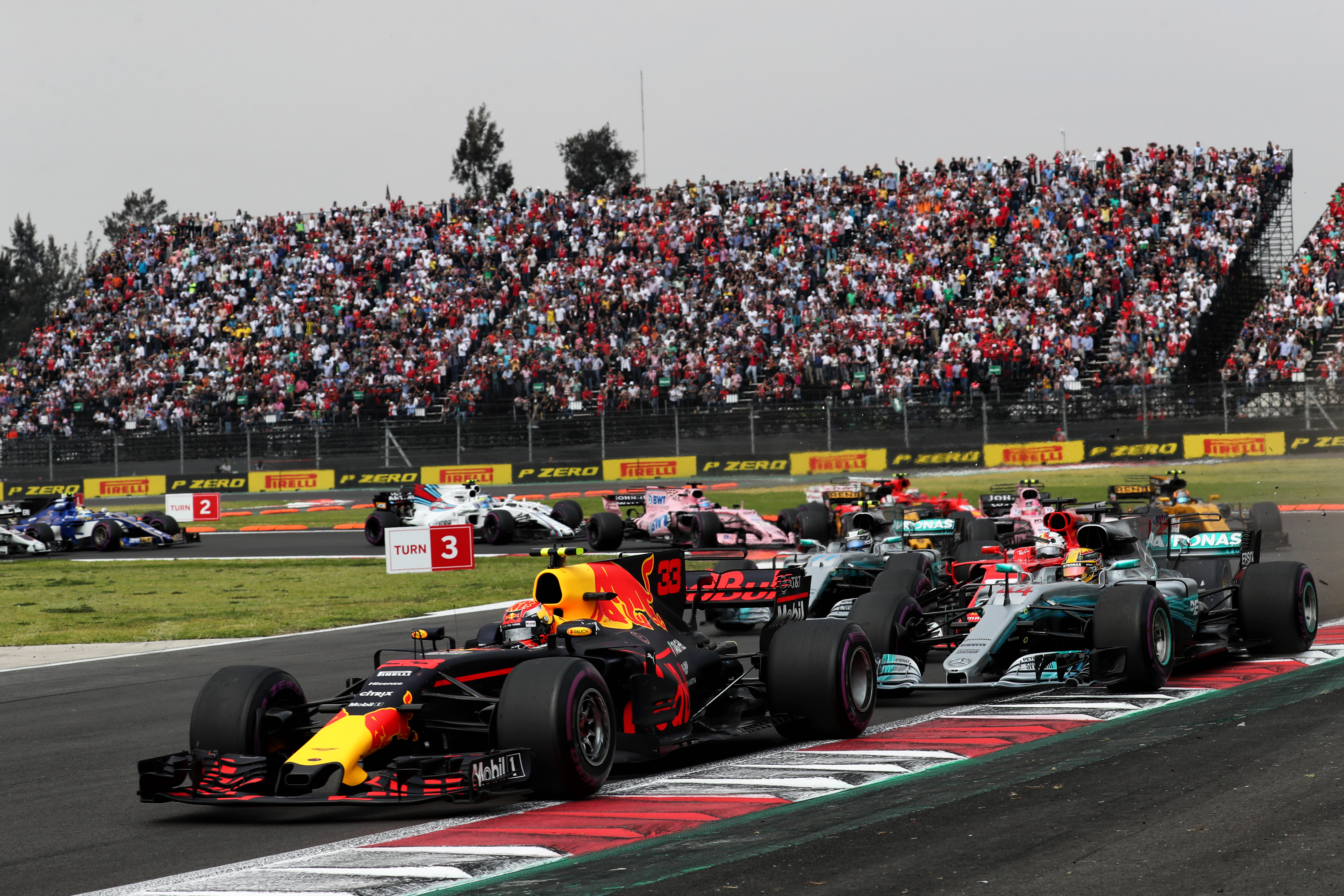
The following season in 2018 is the last time Ferrari was a real contender. As in 2018, it challenged from the start and after 10 races in 2018, Vettel and Ferrari led the points yet again.
But then Vettel crashed out of the rain-hit German Grand Prix as Hamilton won from 13th on the grid. And while the next two races were good – second in Hungary, first in Belgium – he and Ferrari never led the championship again.
We will get to Vettel’s other errors, but Ferrari had its own shortcomings. It entered a miserable three-race run across Singapore, Russia and Japan lacking competitiveness against Mercedes and even Red Bull as developments did not yield the performance expected.
And that’s a specific area Ferrari believes it is now stronger.
“Keeping up the level of development through a season is always a challenge,” says team boss Mattia Binotto.
“It’s true that our competitors proved to be really strong while as Ferrari, the last two opportunities we had in ’17 and ’18, we lost a bit of ground for development.
“We have improved our tools, which are the windtunnel, methodologies, processes, and the simulator.
“Today, we are much better prepared compared to the past to do the proper job in development.”
INDIVIDUAL ERRORS
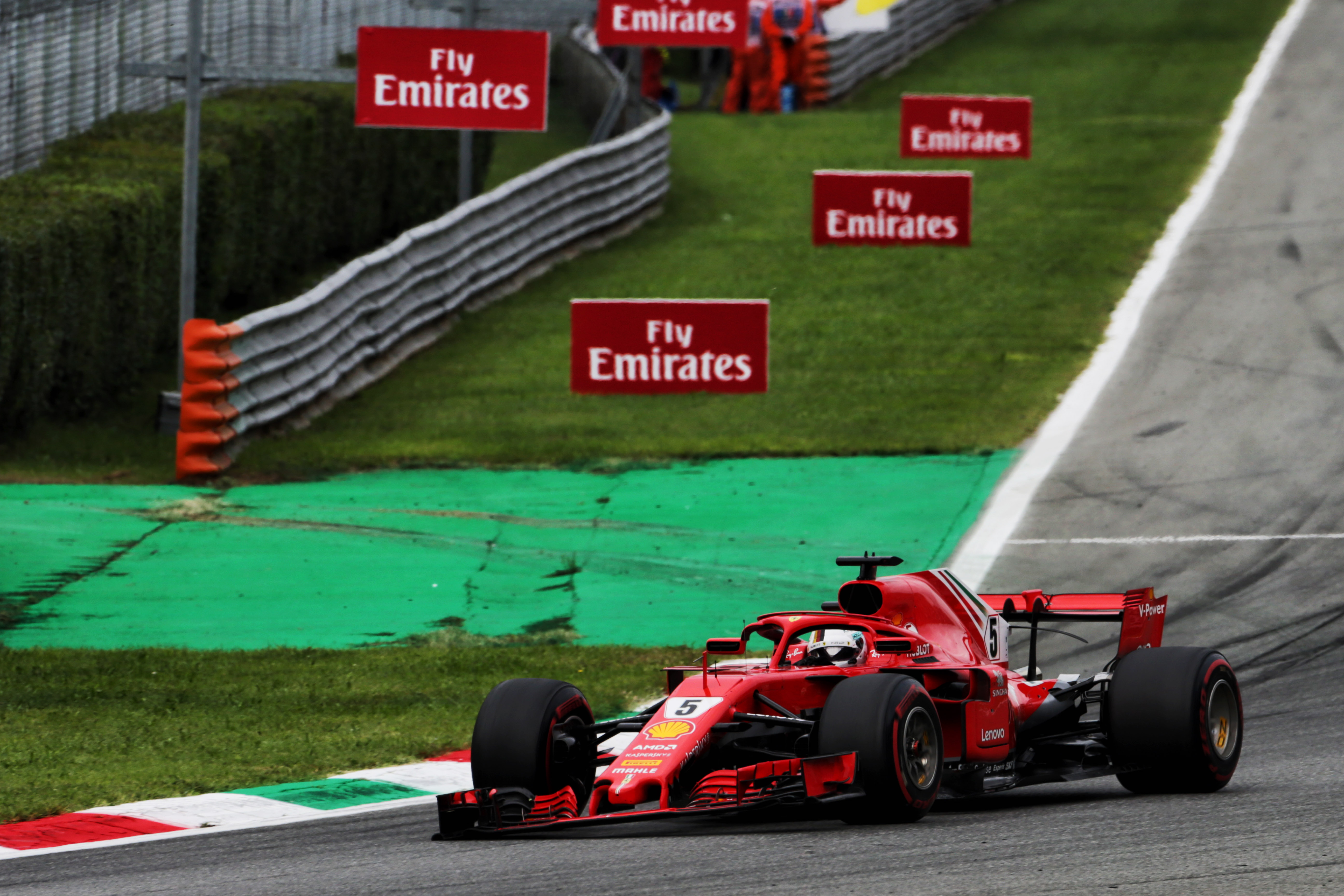
Individual errors have cost Ferrari in past season, primarily driver mistakes but also bad strategic choices.
Vettel had a nightmare second half of 2018 in which he was badly exposed in wheel-to-wheel combat.
He spun in Italy while fighting with Hamilton, who later overcame Raikkonen to win the grand prix. In Japan, Vettel started eighth after a bizarre Ferrari decision to start on intermediate tyres on a dry track. Early in his attempted recovery, he spun making contact with Verstappen.
Yet another mistake was made in battle at the next race in the USA, fighting Daniel Ricciardo, while Raikkonen won. Before the end of the season, Vettel would also finish a muted sixth in Brazil where Raikkonen was again on the podium.
Stressing Raikkonen’s results is important because they show the Ferrari did not suddenly become a hopeless car. Vettel was a significant part of the 2018 failure.
For Ferrari to end its wait for a championship, Leclerc will need to succeed where Vettel failed.
When it came to the high-pressure moments at Ferrari, Vettel was too brittle. He made too many mistakes. And that’s part of why Ferrari ultimately ousted him. That and the fact that as Ferrari lost faith in Vettel, it became utterly convinced it had signed someone else it could depend on in a title fight.
But no matter how good Leclerc is, if Ferrari’s car isn’t up to the challenge his efforts will go the same way as Vettel’s.
THE OPPORTUNITY
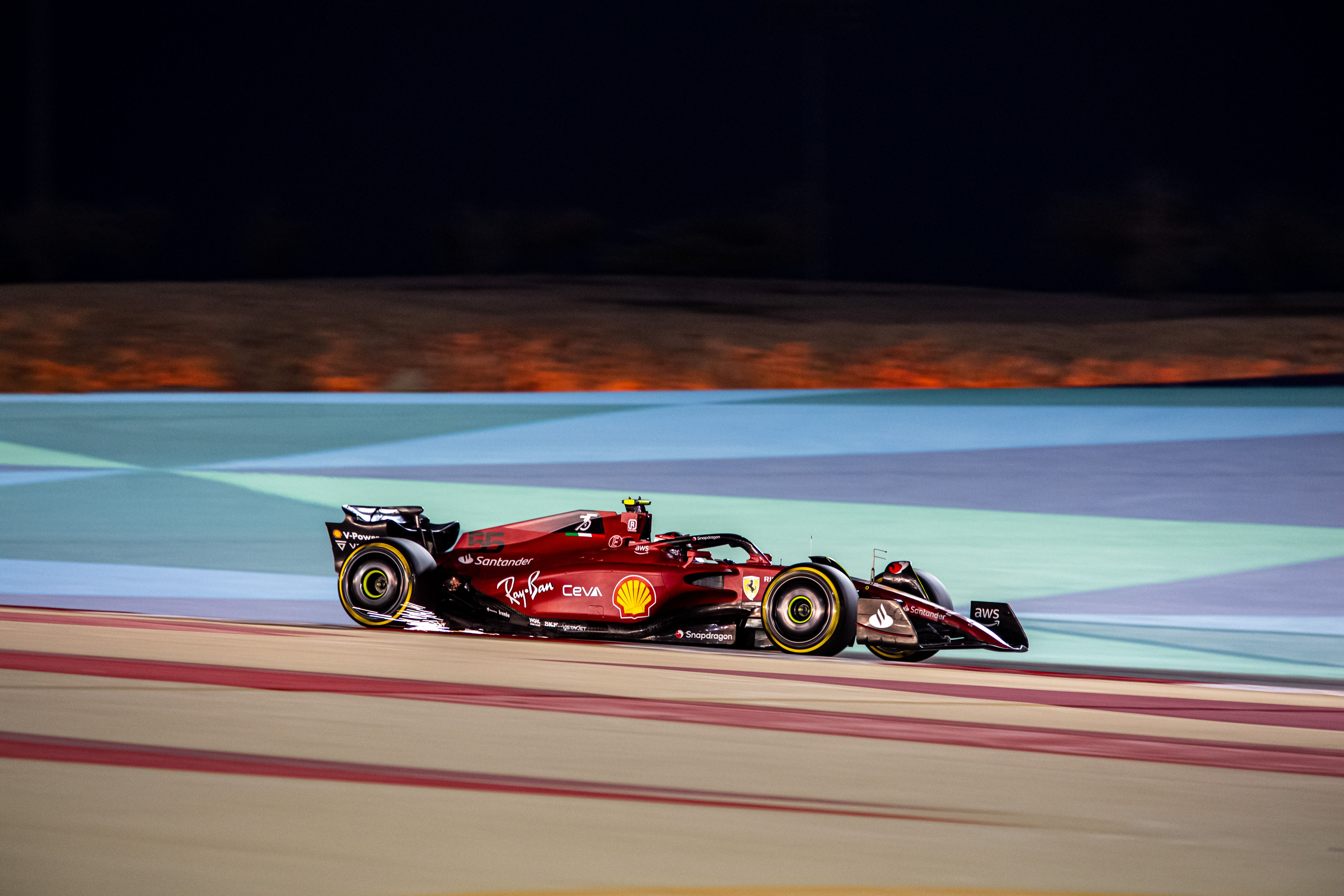
So far, it’s exactly what some rivals expected Ferrari would produce given it had such a good opportunity.
Because of the way F1’s aerodynamic testing restrictions work, to give the worst-performing teams more windtunnel time and CFD freedom, Ferrari had an advantage in designing and developing its 2022 car over half the grid.
It finished sixth in the constructors’ championship after a dismal 2020 season and it was also still only fourth in the championship at the halfway point in 2021, when the ATR allowances were reset for the second half of the year.
So, it was able to spend more time in the windtunnel and do more CFD work than Mercedes, Red Bull and McLaren over the whole of 2021. This amounted to 168 more windtunnel runs than Mercedes and Red Bull, and 1050 more CFD items, over the year.
Because Ferrari had little to fight for in 2021 and made it clear its priority was this year’s car, we can be sure that extra opportunity was devoted to the 2022 project.
And the benefit will linger, too. Ferrari has a reduced relative allowance this year after finishing third in the 2021 standings but can still do more windtunnel and CFD work than Red Bull and Mercedes until the end of June at the earliest.
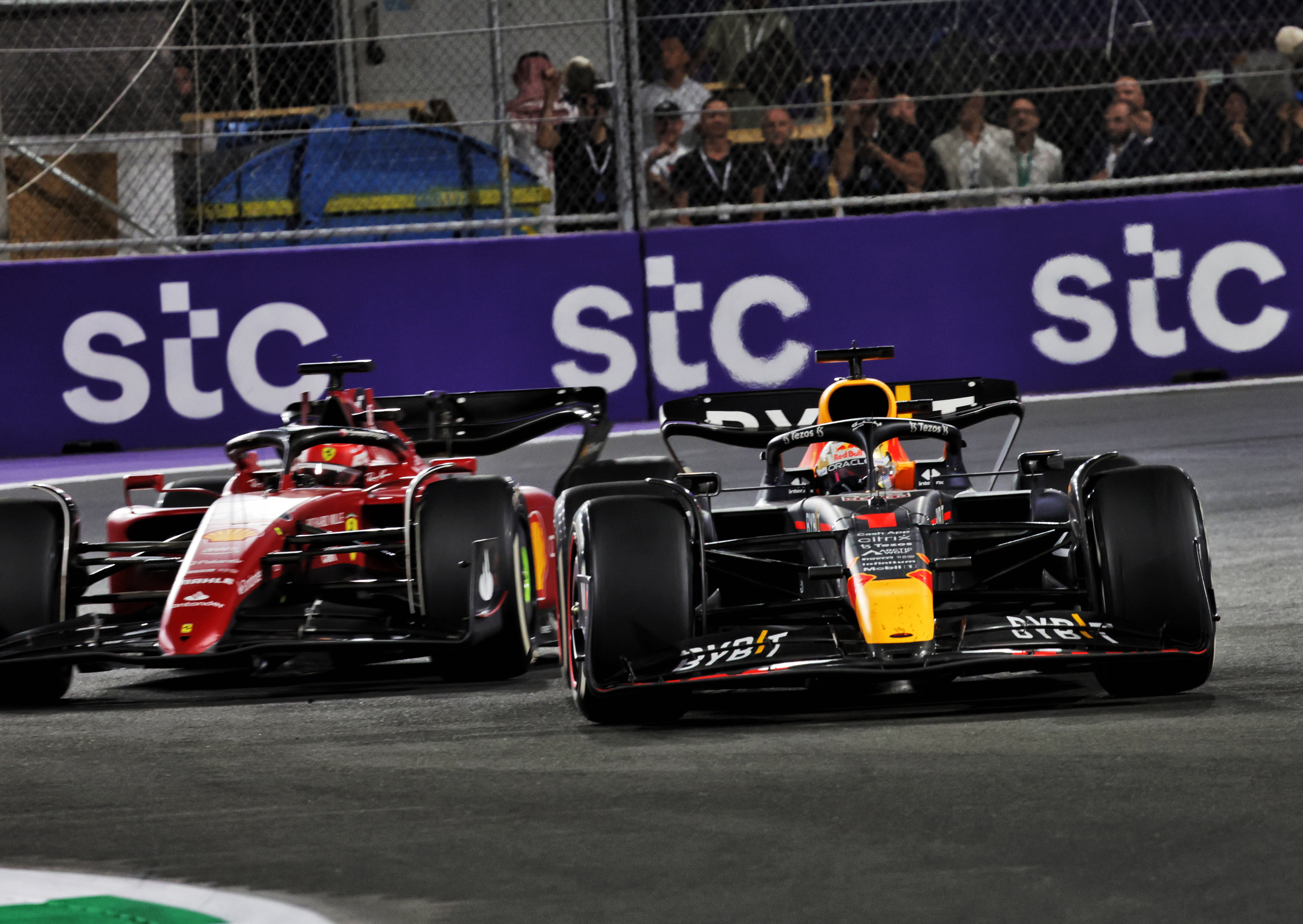
That means more resources to deploy on the early development work in 2022, when the teams are on the steepest learning curves and the gains come much faster.
Of course, like its rivals, Ferrari has a budget cap to manage. But unlike Red Bull and Mercedes, there was not a major mid-testing upgrade to the F1-75.
And Ferrari is being so careful that it is even adamant there will be no significant developments for this weekend’s Australian Grand Prix.
If that cautious approach has translated directly into a significant cost saving, that will give Ferrari more headroom to develop its car as the season continues. This could be an extra bonus for a team previous outgunned in a straight fight – even if it has addressed the reasons for that.
What will also be a huge boost to Ferrari is that it has not fallen behind in the meantime. Leclerc won the Bahrain Grand Prix after defeating Max Verstappen in a wheel-to-wheel scrap and Carlos Sainz grabbed second late on when Verstappen’s Red Bull slowed to a halt.
Both Ferrari drivers were also on the podium again in Saudi Arabia.
The performance and results in these early races certainly lend themselves to the suggestion Ferrari is an out-and-out challenger.
But there’s a long way to go to discover if it has really made the collective progress required to win a title again.


